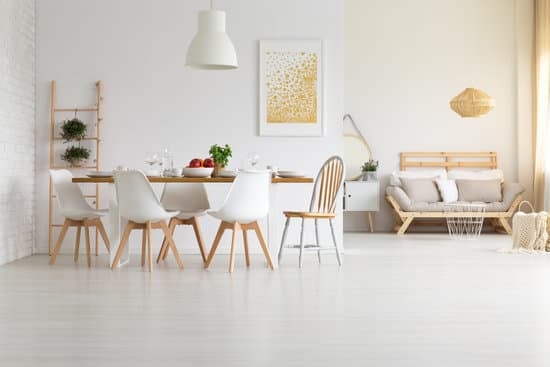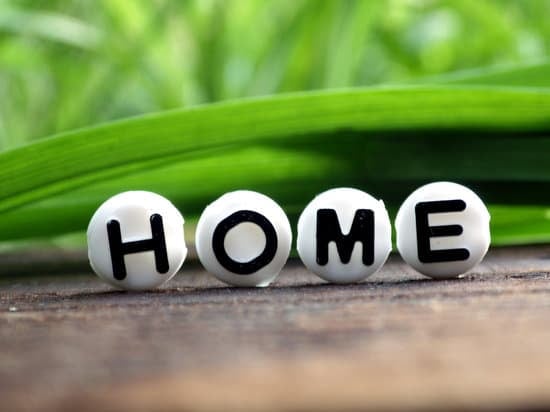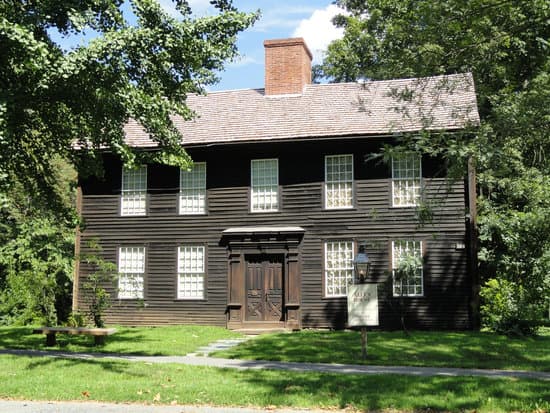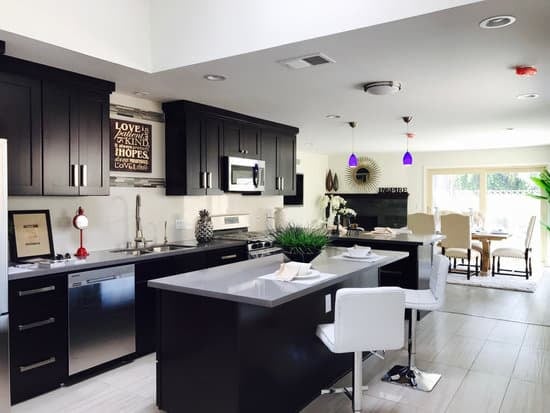How to Heat Your Greenhouse Without Electricity
As a gardener, you know the importance of maintaining the right temperature in your greenhouse throughout the year. Winters can be harsh, especially if you live in a region with extreme temperatures, and the last thing you want is for your plants to freeze. However, you may not always have access to electricity or want to pay high energy bills. Fortunately, there are several ways you can heat your greenhouse without electricity, and this article will provide you with some effective passive heating methods and techniques to maintain a warm environment for your plants.Passive Heating Methods for Your Greenhouse
Passive heating refers to a method of heating without using any external source of energy, such as electricity or gas. Passive heating is an excellent option for those who want to minimize their energy costs or don’t have access to a reliable power supply. Here are some passive heating methods that you can adopt for your greenhouse:- Utilize Thermal Mass Objects
- Double Up on the Windows
- Insulate the North Side
- Reflect the Sun’s Light and Heat
- Sink the Greenhouse
- Install Power-Free Heated Beds




















